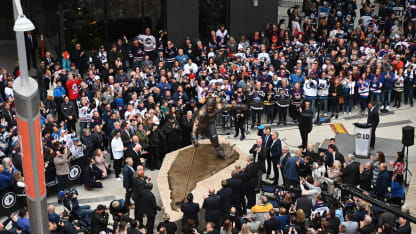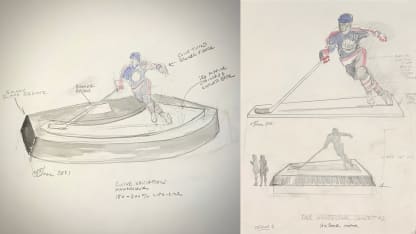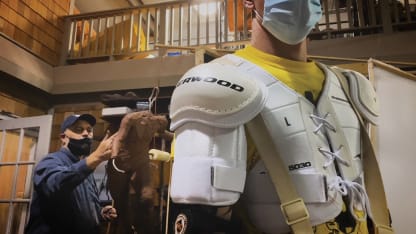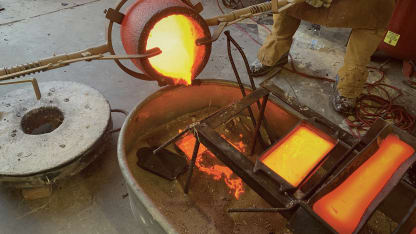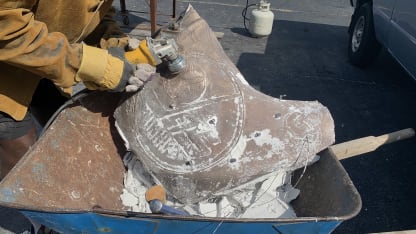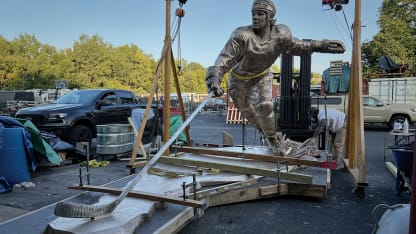The Dale Hawerchuk statue represents not only the impact the hall-of-fame forward had on the Winnipeg Jets organization, but also on the city and community that remained close to his heart until he passed away in August of 2020.
Creating a statue that personifies an icon, a role model, and an incredible human being isn't an easy task, but Josh Dudych - Director of Creative Services for True North Sports + Entertainment - felt he was uniquely qualified to take it on.
Dudych is a hockey fan, but also has a Bachelor of Fine Arts to his name, and he wanted to be involved from the very beginning.
"I kind of begged to be involved," said Dudych. "It's been a journey. It's been about 18 months in the making."
Behind the Build: The Story of the Dale Hawerchuk Statue
Reflecting on the 18-month process leading to the Dale Hawerchuk statue
